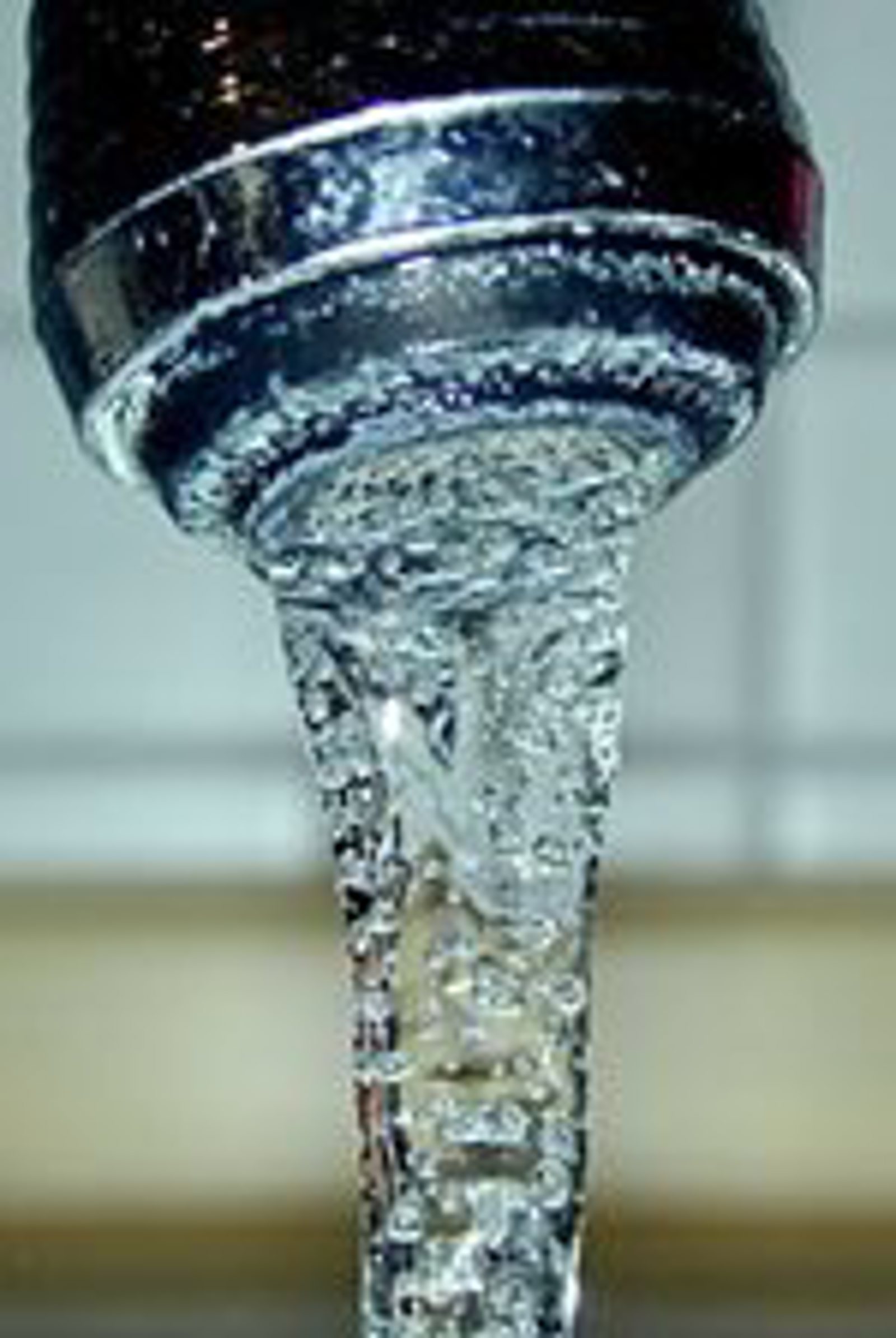Protecting Your Drinking Water
There are simple steps you can take in order to protect your home's drinking water from contamination through a cross-connection and/or backflow.
What is a cross-connection?
A cross-connection is an actual or potential connection between the safe drinking water (potable) supply and a source of contamination or pollution. State plumbing codes require approved backflow prevention methods to be installed at every point of potable water connection and use. Cross-connections must be properly protected or eliminated. Examples of cross-connections are backsiphonage and backpressure.
Backsiphonage occurs when a loss of pressure in the municipal water system during a fire fighting emergency or water main break and/or repair creates a siphon in your plumbing system, which can draw out water from a sink or bucket and back into the municipal water system
Backpressure occurs when a source of pressure (such as a boiler) creates a pressure greater than the pressure supplied from the municipal water system, which may cause contaminated water to be pushed into your plumbing system through an unprotected cross-connection.

Where in your home can you prevent backflow?
- Bathtub and Shower Fixtures
- Toilet Tanks
- Boilers
- Laundry Tub and Other Drain Lines
- Outside Faucets and Spigots
What can you do to protect your drinking water?
Verify and install proper backflow protection on lawn irrigation systems and have tested at appropriate intervals by a certified tester.
Verify and install a simple hose bibb vacuum breaker on all threaded faucets around your home.
Verify water treatment devices such as a water softener have the proper "air gap" of at least 1" above any drain.
What don't you do?
Don't submerge hoses in buckets, pools, tubs, sinks, or ponds. Don't use spray attachments without a backflow prevention device.
Don't connect waste pipes from water softeners or other treatment systems directly to the sewer or submerged drain pipe; make sure there always is a 1" "air gap" separation.
![]() Click here for more information on protecting your home's drinking water.
Click here for more information on protecting your home's drinking water.
